Creatine and creatinine, similar-sounding terms that frequently appear in discussions about sports nutrition, muscle function, and medical diagnostics, actually represent two distinct compounds that play vastly different roles…
READ MORE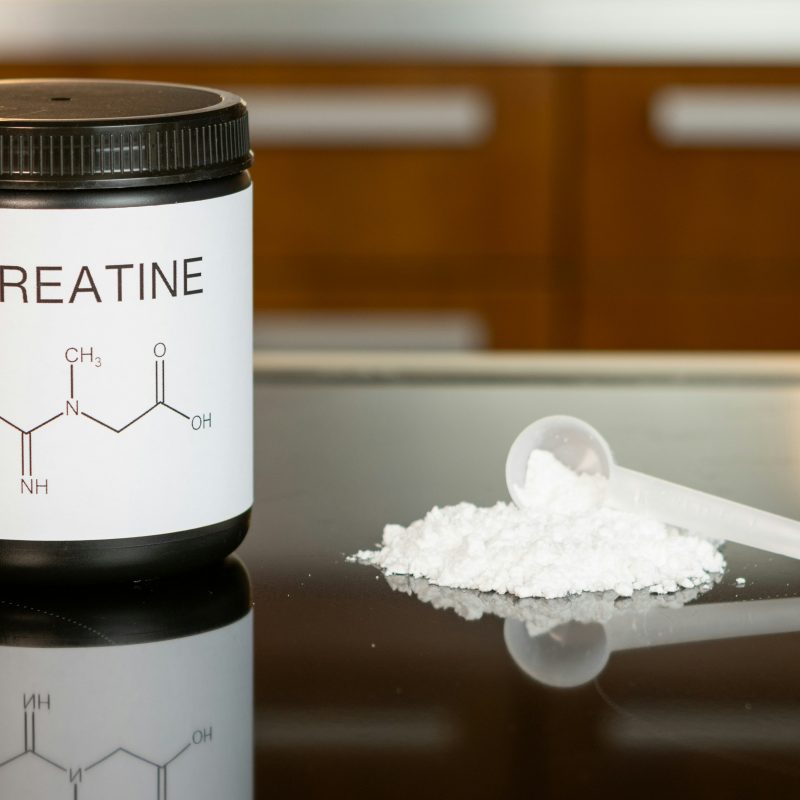

Creatine and creatinine, similar-sounding terms that frequently appear in discussions about sports nutrition, muscle function, and medical diagnostics, actually represent two distinct compounds that play vastly different roles…
READ MORE
In recent years, nitrates have enjoyed a meteoric rise in popularity, promising game-changing performance enhancement for athletes and fitness enthusiasts looking to gain a competitive…
READ MORE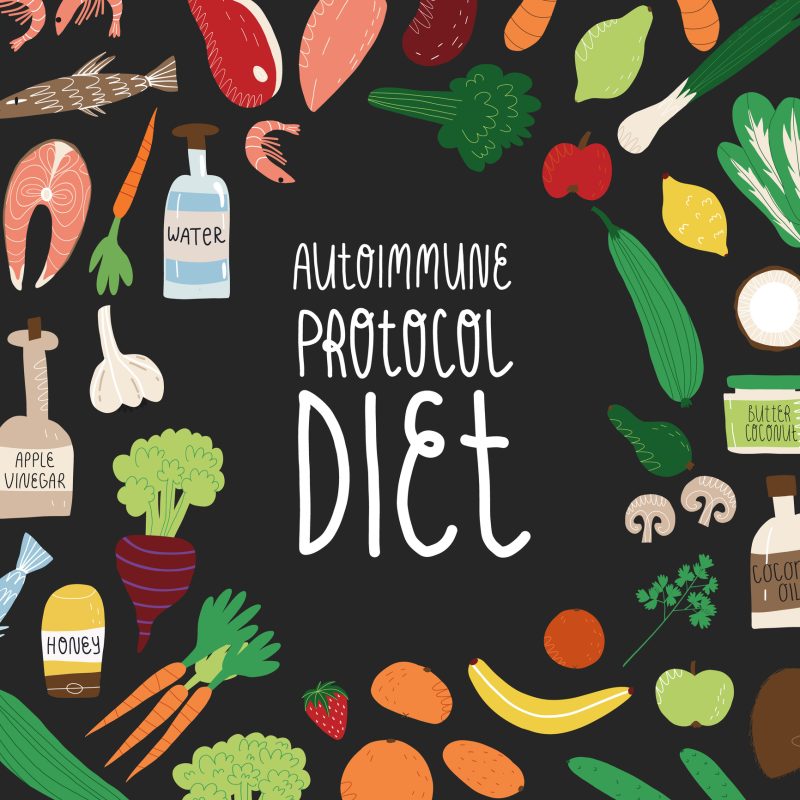
Autoimmune diseases, collectively including type 1 diabetes, rheumatoid arthritis, lupus, and irritable bowel disorder (IBD), can wreak havoc on a body’s digestive system. This can…
READ MORE
Sports injuries affect athletes on a multitude of levels, including the biological, psychological, and social realms. The traditional format used by physical therapists involves managing…
READ MORE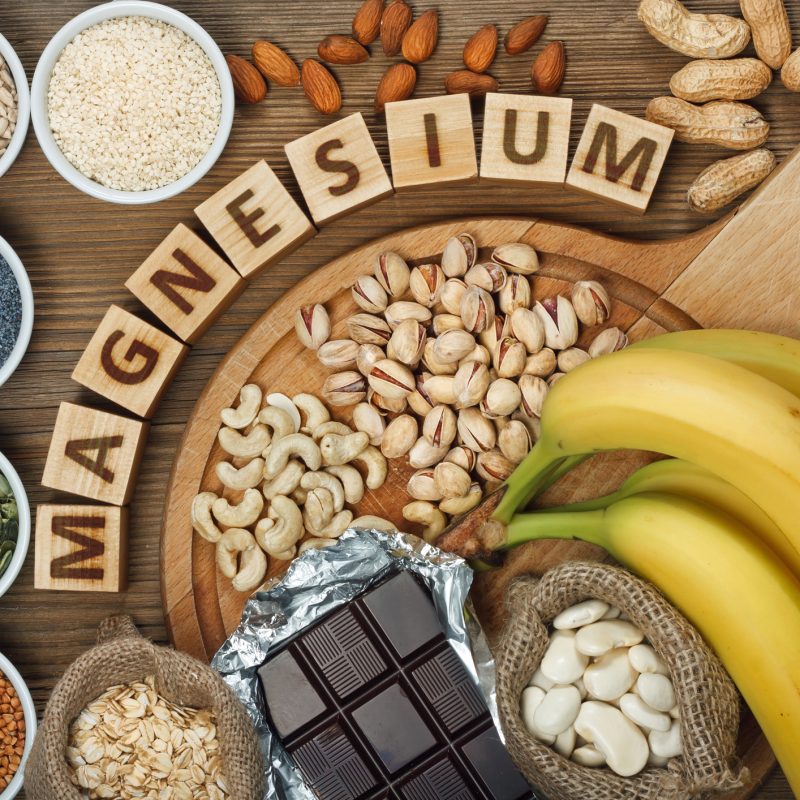
Magnesium, considered a trace mineral in relation to one’s daily diet, fosters a multitude of important functions within the body. It supports the cardiovascular system,…
READ MORE
While diverse and often multifaceted, the field of personal training focuses primarily on helping individuals achieve their fitness goals. As such, exercise lies at the…
READ MORE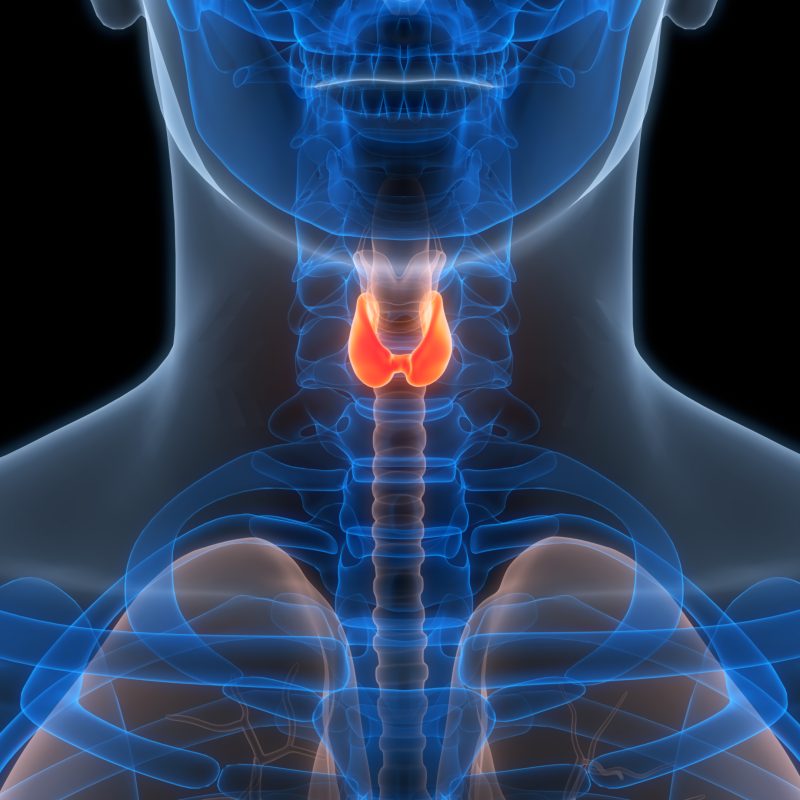
Thyroid dysfunction can significantly affect one’s ability to engage in physical activity. Personal trainers who work with a variety of clients may encounter individuals living…
READ MORE
Over the past few years, our fitness industry — and strength training in particular–– has undergone a powerful shift in priorities. Once the sole bailiwick of…
READ MORE
If personal trainers find their regular clients growing bored with traditional resistance training and aerobic/HIIT programs, try introducing a cycle of METCON workouts. In this…
READ MORE
In the fast-moving world of metabolic medicine, GLP-1 receptor agonists (GLP-1 RAs) have earned a reputation as miracle molecules. Simply listen to any well-known podcaster…
READ MORE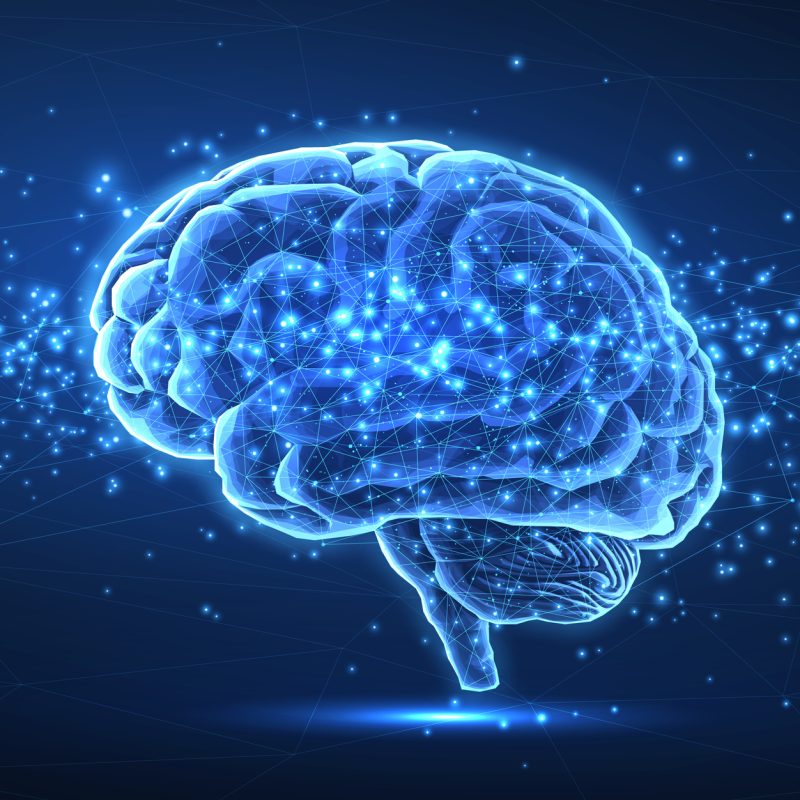
Based on recent articles in this series, GLP-1 receptor agonists have emerged as a promising pharmaceutical option for individuals dealing with the complexities of…
READ MORE
Imagine getting so caught up in an activity or pursuit that the rest of the world falls away as you perform effortlessly and in a…
READ MORE